Acupuncture is designed
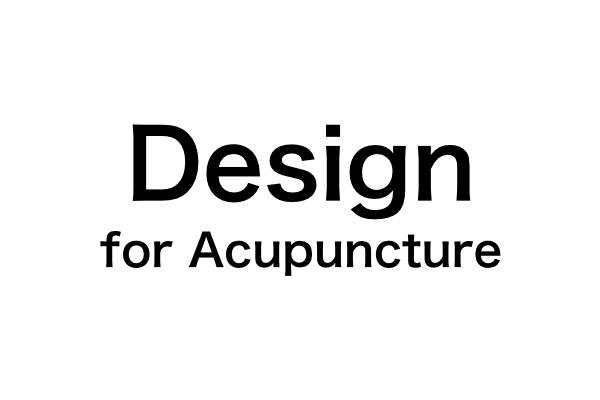
Art and Science
I have covered several times the artistic nature of acupuncture. My idea is that if you remove artistry from acupuncture, it will not be acupuncture.
There is also an opinion that “acupuncture must be science.” However, we must keep in mind that a small part of acupuncture can be explained by science. When confined in science, I feel cramped as a practitioner.
The ability to explain acupuncture scientifically and the ability to satisfy patients with acupuncture are completely different. I am stuck latter.
But… I think I’m a researcher type lol
From my view point, I think that good practitioners have artistry. However, if we take up only the artistic qualities, the position as medical science will be compromised. So we can not abstain from scientific aspects. We need to speak from both sides of art and science.
Even science is important, however, what I think is the word “science” is used in the sense of countering western medicine or that it is used in measures to those who deny acupuncture, like saying ”acupuncture is unscientific”.
Art and Design
From here on, “art” and “design” are the keys. First of all, let’s check the difference between “art” and “design”. I’m going to quote and refer this great article.
“What is the difference between art and design? “
I’m going to summarize it.

You can see acupuncture can not be realized as medical or business unless acupuncture is not designed.
In other word, we can say ”All acupuncture received by patients was designed by an acupuncturist”.
I’m not good at thinking acupuncture as a manager. I heard that “technology and management are two wheels”, but it seems to me that it is better for me to have two wheels, “art” and “design”.
If do acupuncturist only with art …
“Acupuncture is my proof to live, you don’t need to understand my mind. What I want is not money. Acupuncture is my everything!!”
To SOME EXTENT, this spirit is necessary, but it is not enough to get a job. We need to design.
We need to propose what we can do with acupuncture, move patients and make proposals and plan to improve symptoms. We will search for the best solution while comparing with the range of abilities. Its appearance must be worth no matter who sees it.
Clinic management is just the act of designing acupuncture, isn’t it?
There is only ambiguous boundary between art and design. However, I think that both are supported by aesthetic sense. Art is subjective beauty. Design by objective beauty.
Art and skill
We cannot decide the best design. To give an illustration of what I mean, let’s look at the case of car. The required design differs between the F1 machine that pursues speed and the truck that carries lots of luggage. It is obvious that Formula 1 car is not beautiful from view points of how much luggage they can carry.
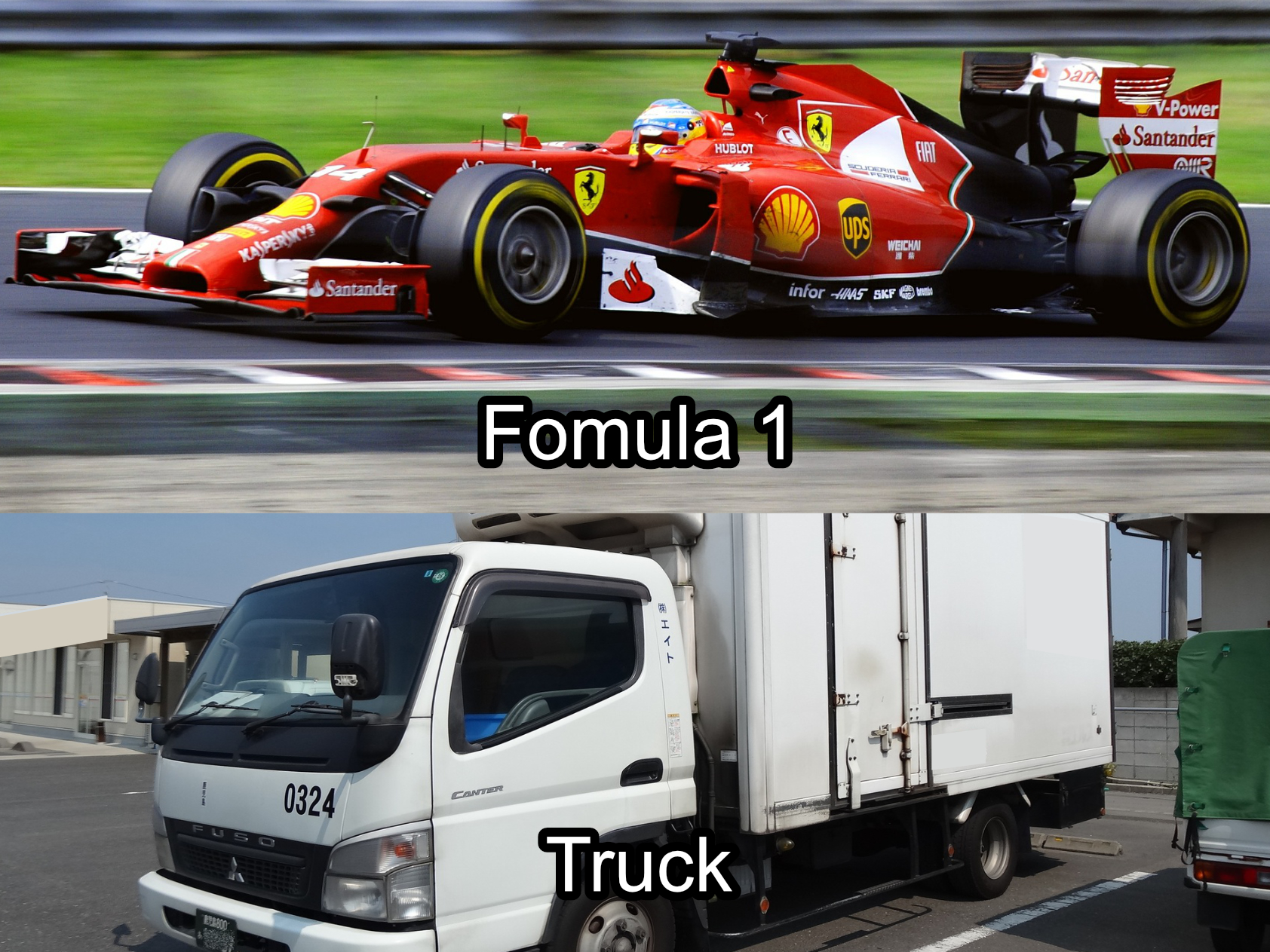
Even if treatment styles are the same, patients don’t always receive the same impression. How you feel and effect depends on the acupuncturist. Because art is different. Or “good skill or bad skill”.
Art is important, because we can’t say that popularity is biased to an acupuncturist who is keen to study. Let’s think of music. Singing prowess and popularity don’t seem to be proportional.
I can’t judge whether someone is good at singing or not. (except extremely poor case)
Maybe only professional can do it.
Patients judge someone’s ability which looks skillful as good skill.
Patients who can not measure their abilities can judge only by the art of acupuncturists.
There is a fact that the patient can never see. If you acknowledge such hidden facts, “thinking from the patient’s point of view” is not always conscientious. It is because it leads to doing things only within the visible range of the patient.
Asking aesthetic sense
Being in contact with a patient as an expert is sticking to things that patients can not judge and can not distinguish. It might be hard for patients to see all consciences.
I mean, this is a simple question.
Patients : I’m afraid of surgery. Just prescribe medicines.
Doctor : I see. (Promptly)
…Is it conscientious?
Just thinking from the patient ‘s point of view has no sense as an expert.
It is necessary to think something from the stand point of an expert and to have enough power to push the conclusion to the patient.
Although “Not doing what patients dislike” is effective to maintain surface relationship, it is not like an attitude as medical staff.
We have to think patients’ distillate of “I don’t wanna have surgery, but I wanna get better.” in medical.
It doesn’t mean that “doing disgust is medical care.”
I don’t want to do what patients dislike if I don’t need.
There is a boundary between consolation and medical.
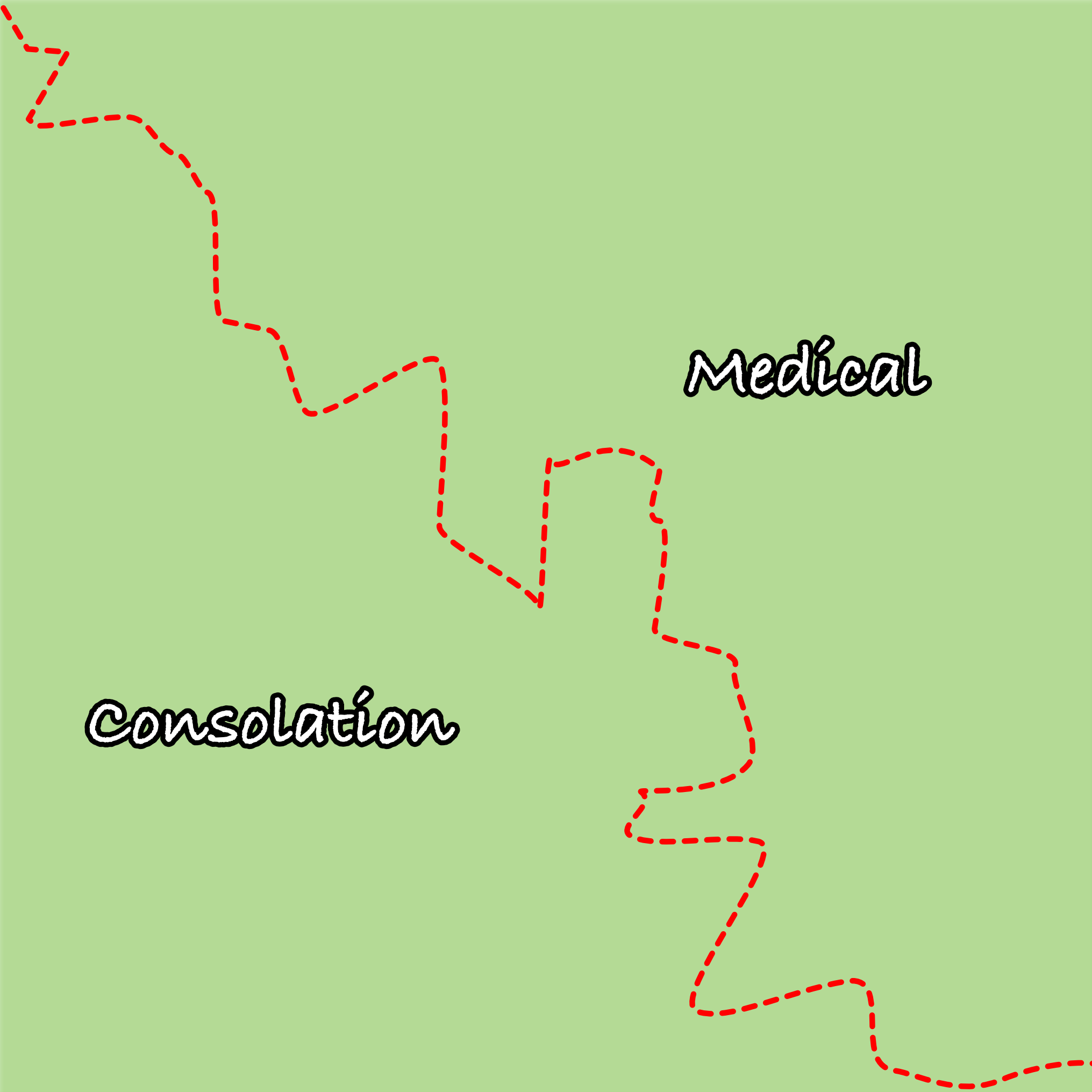
What patients dislike is always incorrect in consolation.
However, it is sometimes correct in medical.
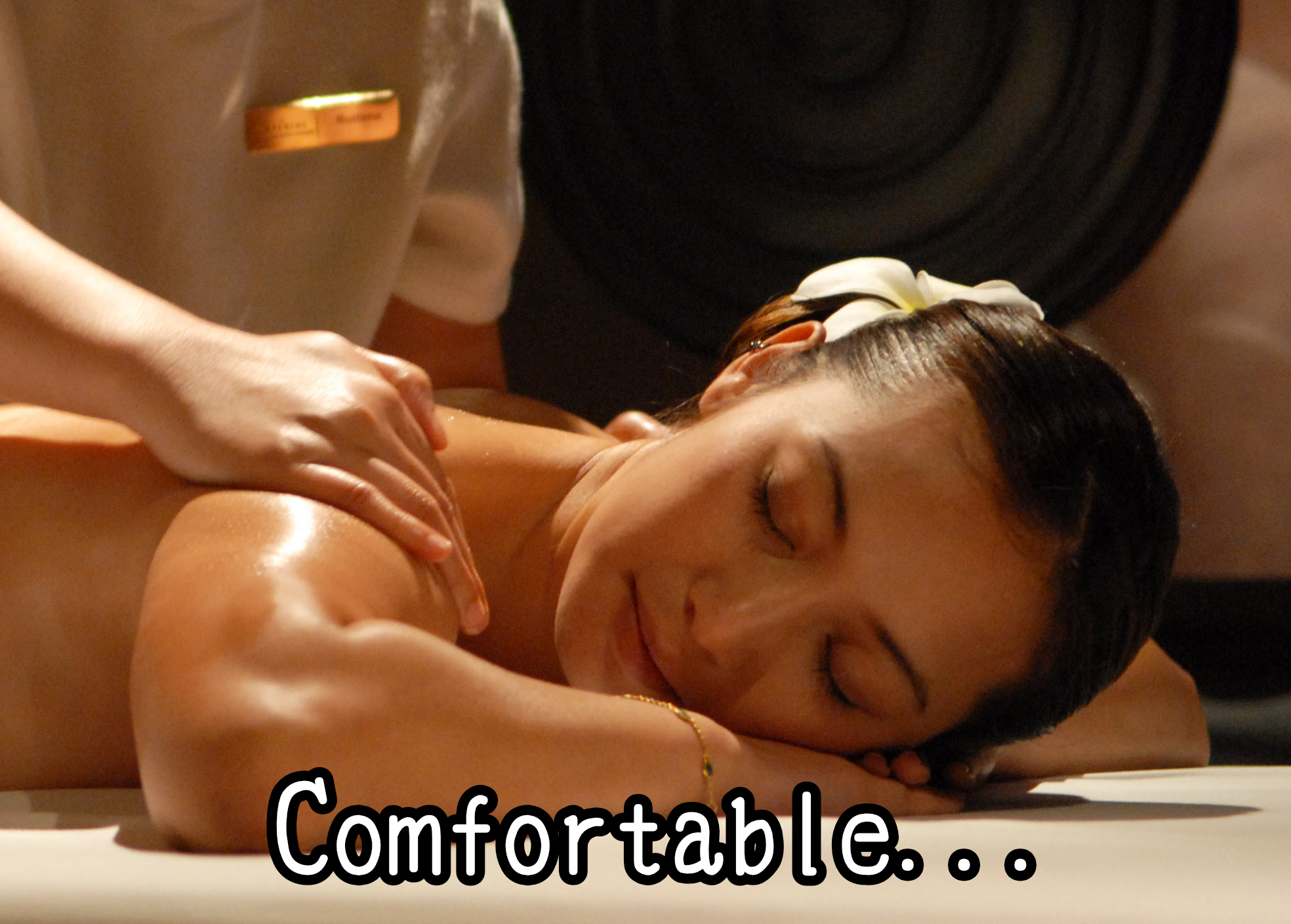
There are times when no one knows the correct answer at the medical site.
In that case, We have no choice but to ask our own aesthetic sense.
Meaning of Kappo
Kappo is a method of making use of something, bringing to life, to utilize.
Antonym is killing.
In a narrow sense, there are two meanings. One is medicine and the other is resuscitation. Originally, resuscitation technique is the origin. It is like giving a light shock with saying “Ai!” to raise a person from a state of apparent death. Perhaps, you have seen things like those in historical dramas and movies.
Kappo, which began with resuscitation, has evolved into medical science. It is said that Kappo is one of Oriental medicine because Kappo has oriental thought in the background. However, even acupuncturists who learn oriental medicine don’t recognize Kappo as oriental medicine, because Kappo is not well-known and has been veiled.
Briefly speaking, Kappo is a trick of jiu-jitsu (old martial arts). It is for martial artists to rescue and treat ally (sometimes enemies). You can not call the doctor on combat area. People in the place have to deal with it. I think that it is better to understand Kappo as a resuscitation technique used by a martial artist and as a medical science.
Speaking of Kappo…
We often rephrases Kappo “Old martial arts style manipulative treatment”. “Old martial art” is a collective name of ancient Japanese martial arts such as “Jiu-Jitsu”.
These body adjustment method made by martial artist sure have feature of immediate effect.
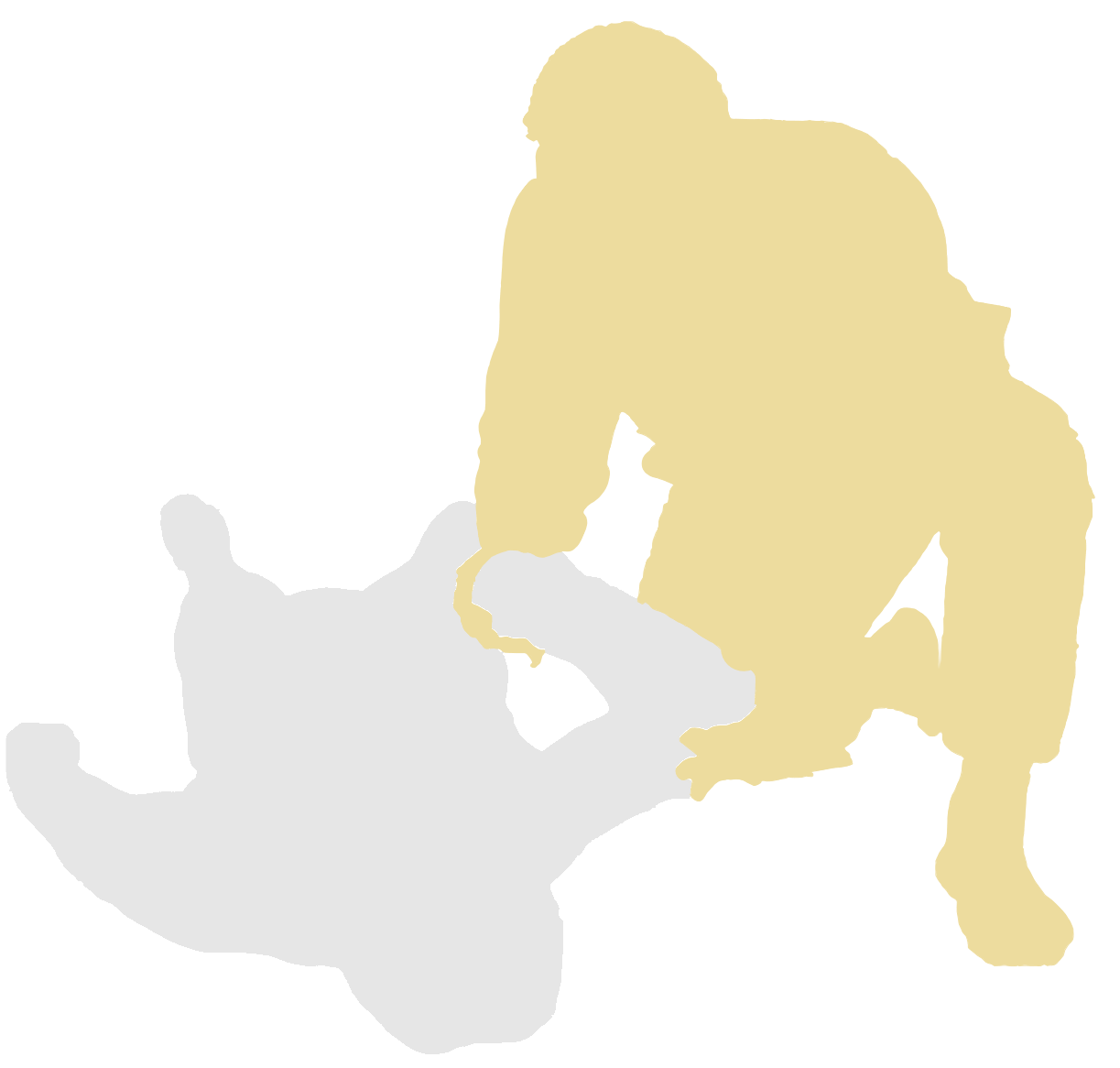
The immediate effect is synonymous for Kappo.
Actually, Kappo is not only hand treatment. I realized we can do Kappo by acupuncture. I called the method “SEIDO acupuncture”.
It greatly differs from acupuncture theory so far, so it takes a little more time to be known by acupuncturists.
March 2, 2018Tags:Makoto Kurihara





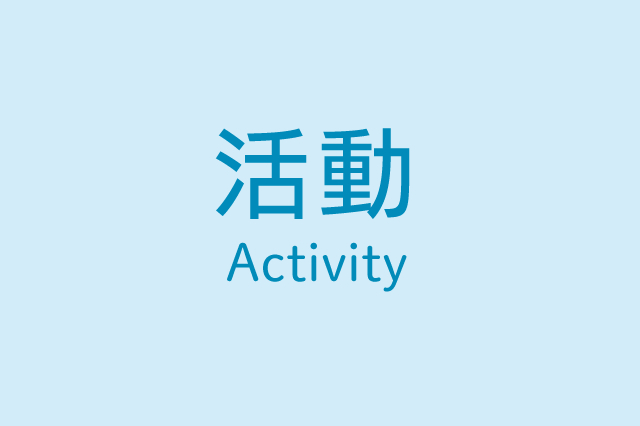
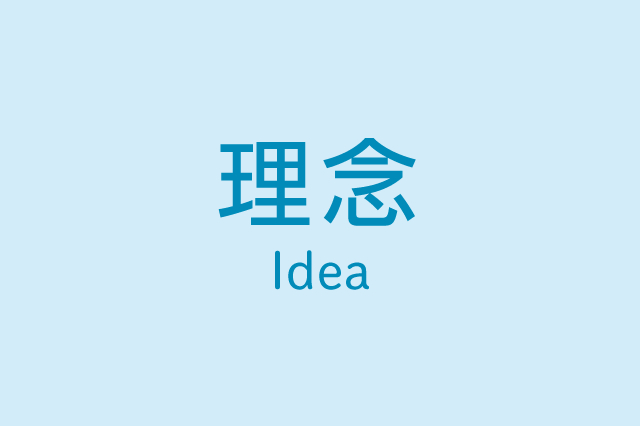
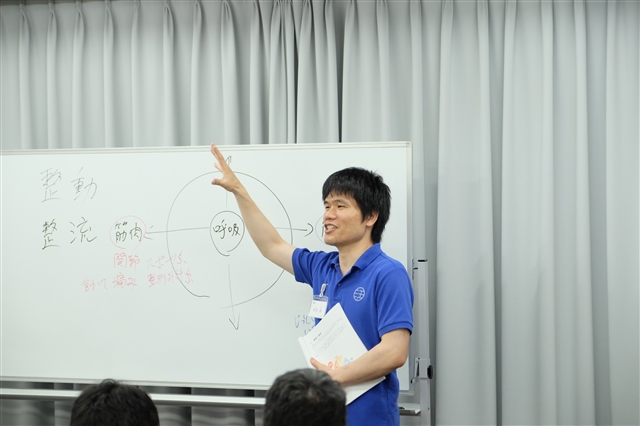
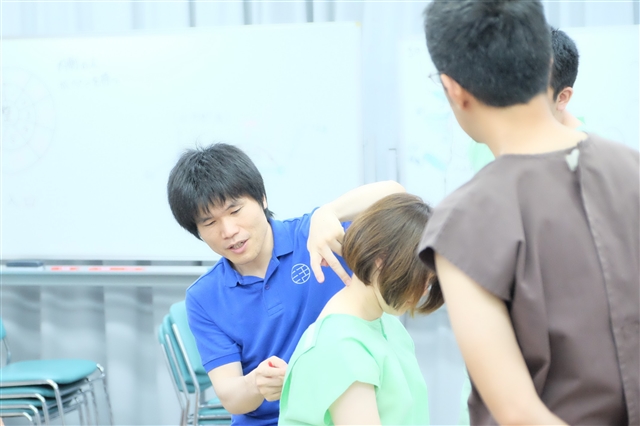
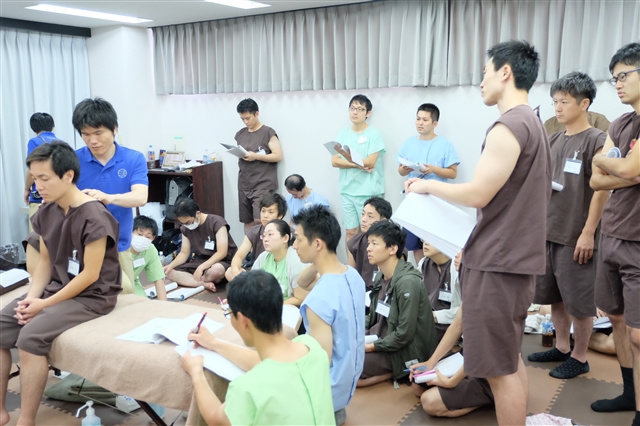
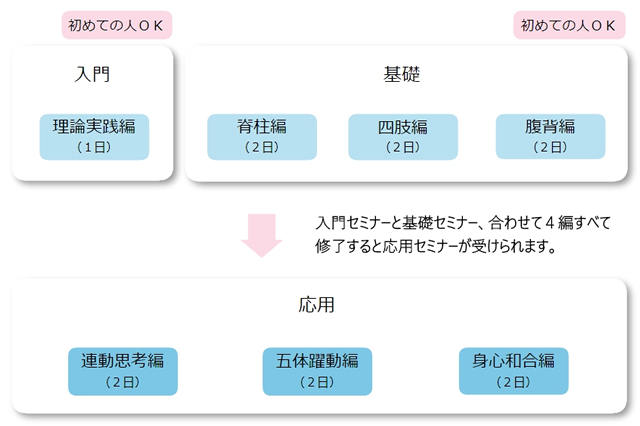
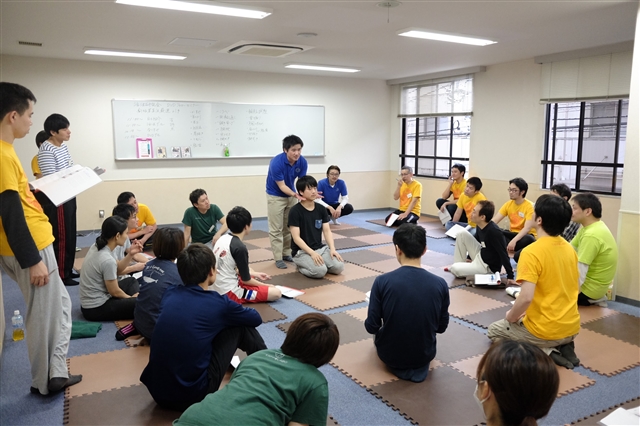
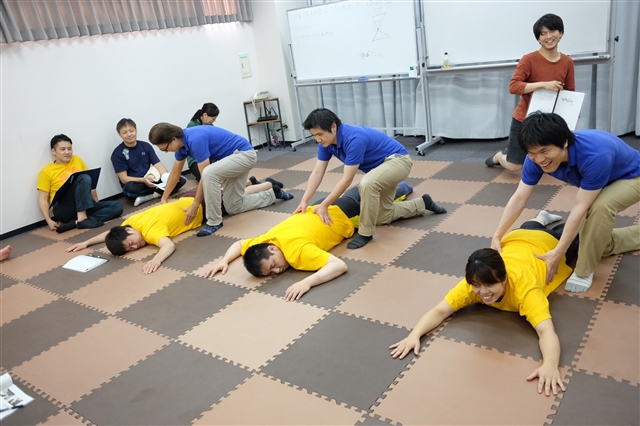
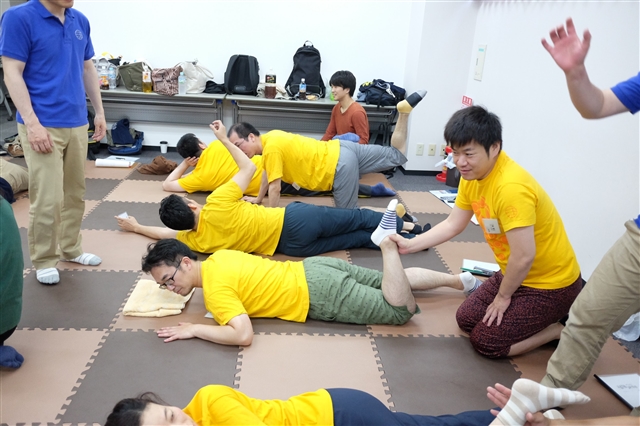
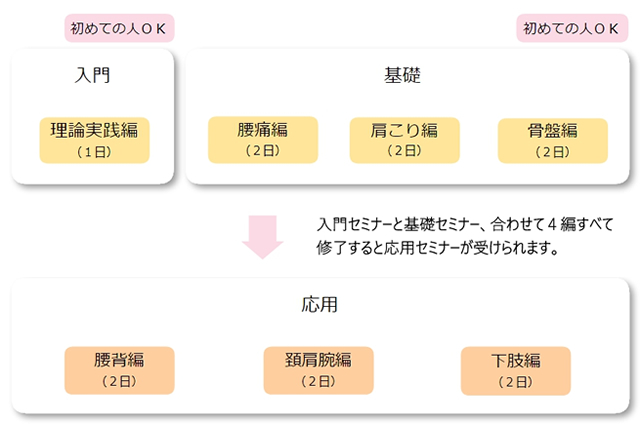


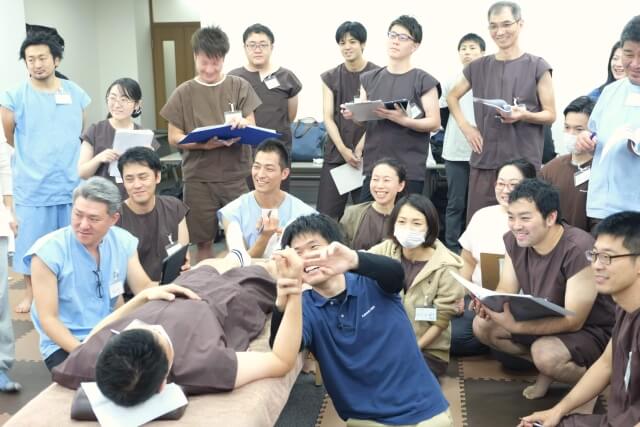

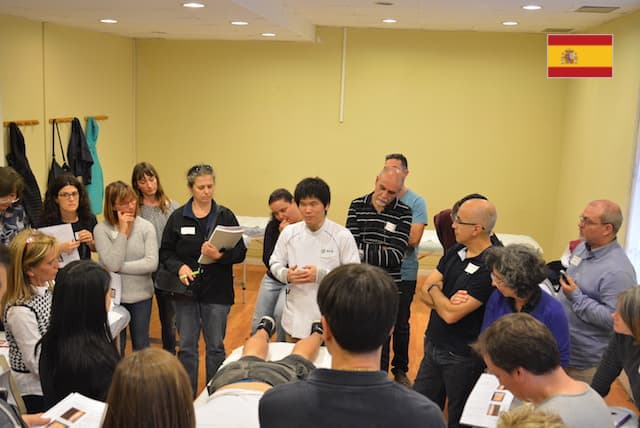
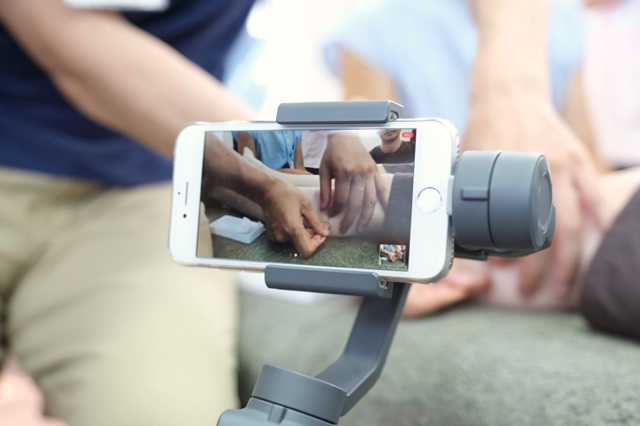
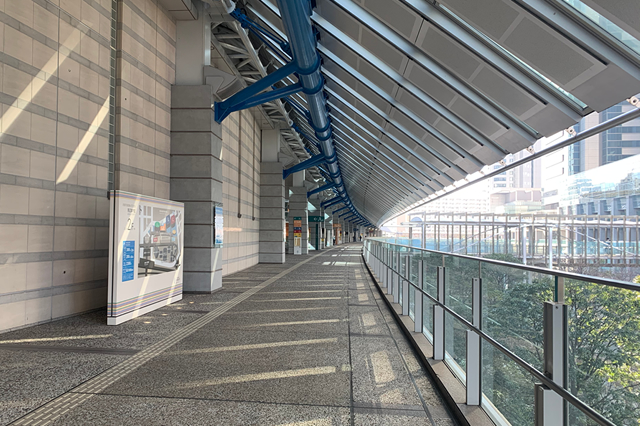
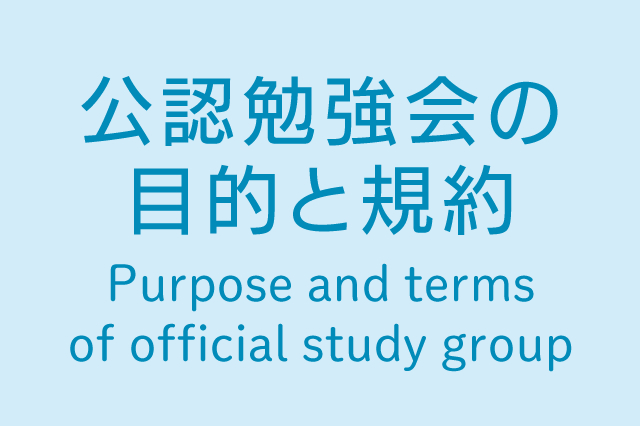
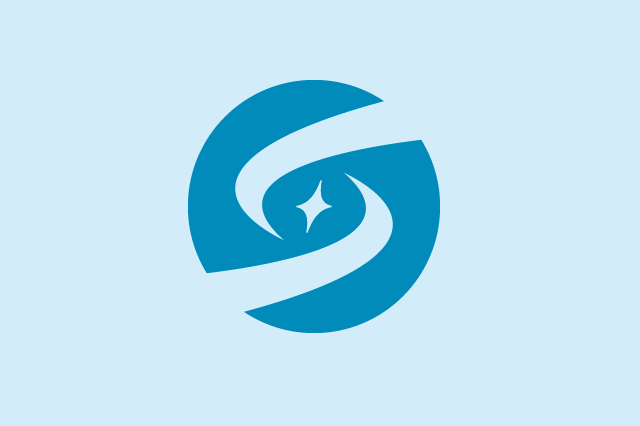
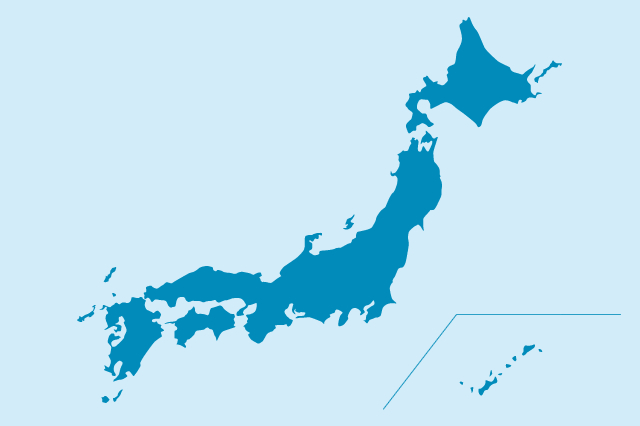
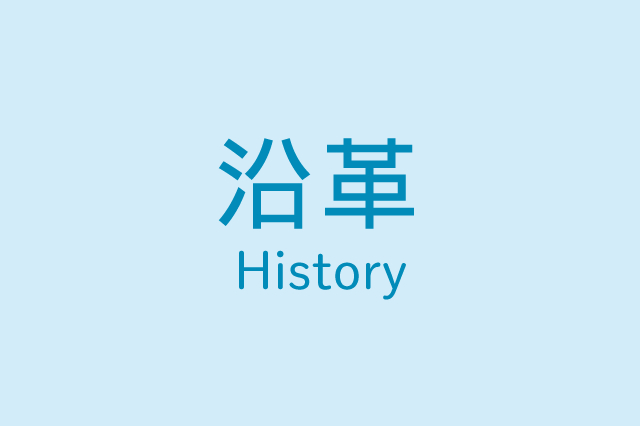
Leave a Reply